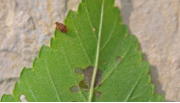
Management of European elm flea weevil involves maintaining proper tree health by means of watering, mulching, pruning, and fertilizing. Insecticides may be used to minimize damage; however, insecticides may be difficult to apply to large trees. Insecticides must be applied in May and June in order to suppress adult populations. A number of insecticides may be used including: acephate (Orthene, Bonide Systemic Insect Control), imidacloprid (Merit, Bonide Annual Tree and Shrub Insect Control, Bayer 12 Month Tree & Shrub Insect Control, Fertilome Tree & Shrub Systemic Insect Drench), or carbaryl (Sevin). However, if damage is not extensive, especially on large trees, then there be no rationale for using insecticides. For more information regarding European elm flea weevil management contact your county or state extension specialist. (Raymond Cloyd)
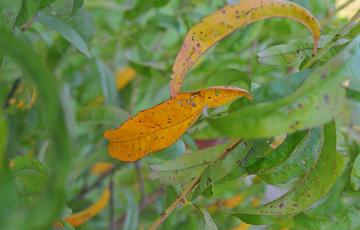
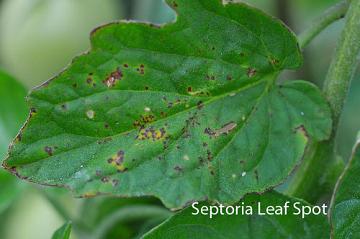
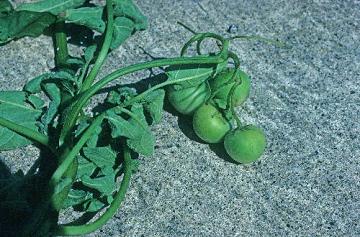
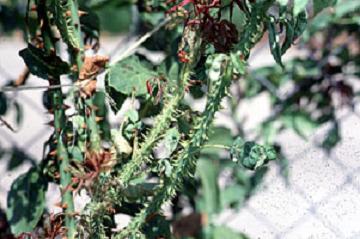

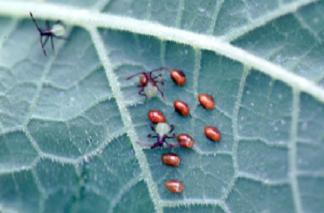
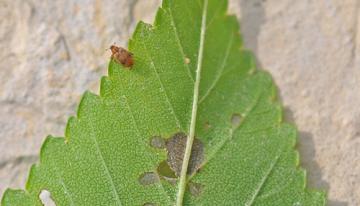
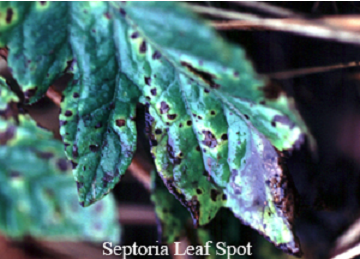
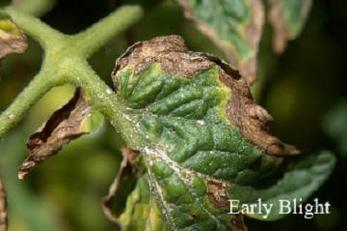
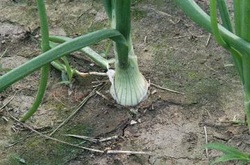
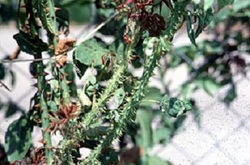
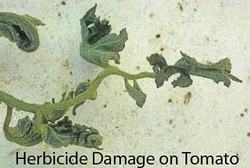
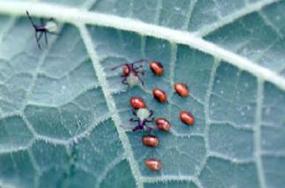
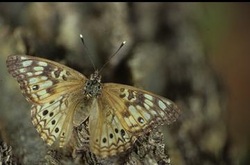
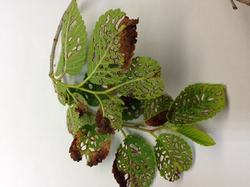
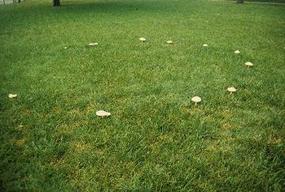
 RSS Feed
RSS Feed
